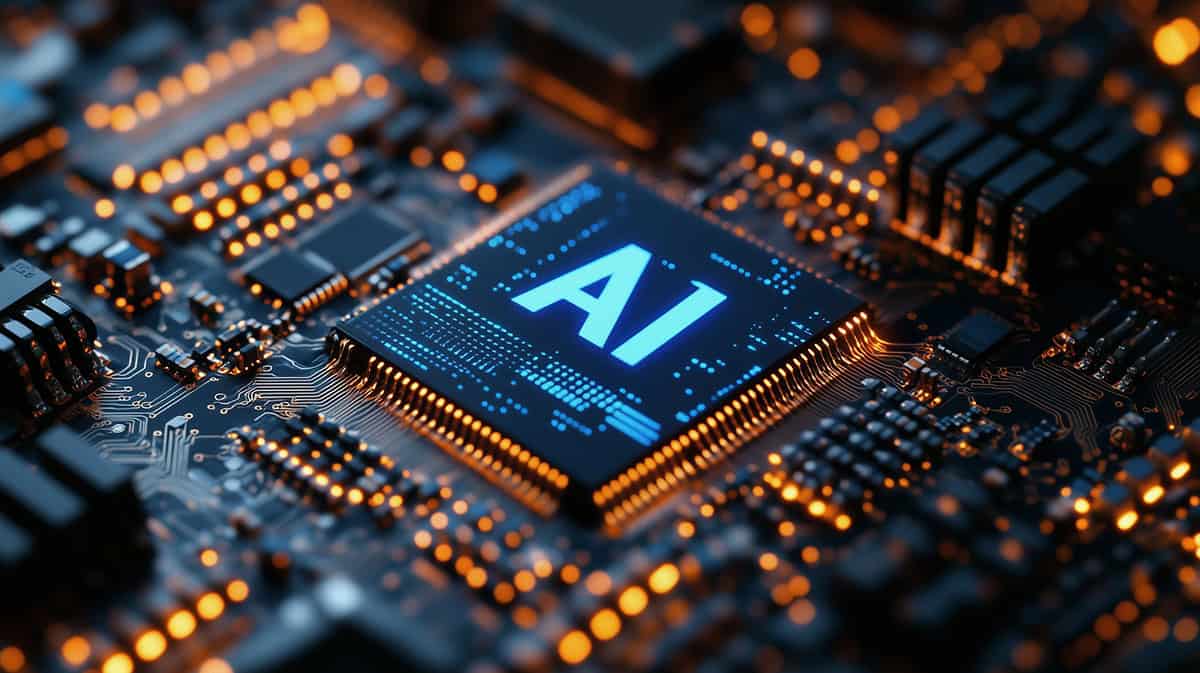NASA scientists have determined that Earth will capture a second moon on Sunday, 29th September 2024. This small asteroid, named 2024 PT5, typically orbits the sun as part of the Arjuna asteroid belt. Unlike our long-term lunar companion, which has orbited Earth for over 4 billion years, this temporary second moon will only stay with Earth for a matter of weeks, leaving by 25th November 2024. Carlos de la Fuente Marcos, a professor at the Universidad Complutense de Madrid, confirmed the asteroid’s brief stay in a recent report to Space.com.
What is Asteroid 2024 PT5?
Asteroid 2024 PT5 is part of the Arjuna asteroid belt, a small group of space rocks that follow orbits similar to Earth’s. These asteroids typically travel at a relatively slow speed of less than 2,200 miles per hour, allowing for closer approaches.
During this period, 2024 PT5 will approach Earth at a distance of about 2.8 million miles. However, unlike the moon, it will not complete a full orbit around our planet.
A Rare but Expected Event
Gravitational captures of this kind, where small objects are temporarily caught in Earth’s orbit, are relatively common, occurring several times each decade. While this might sound surprising, many such asteroids come and go without drawing attention. Previous similar events have lasted only a few weeks, and sometimes even years, depending on the asteroid’s trajectory.
Observing 2024 PT5
Though the concept of a second moon is intriguing, asteroid 2024 PT5 will not be visible to the average skywatcher. Measuring only 37 feet in diameter, it is vastly smaller than the moon, which is over 2,100 miles wide. Marcos noted that only professional astronomers with specialised telescopes could observe this asteroid.










